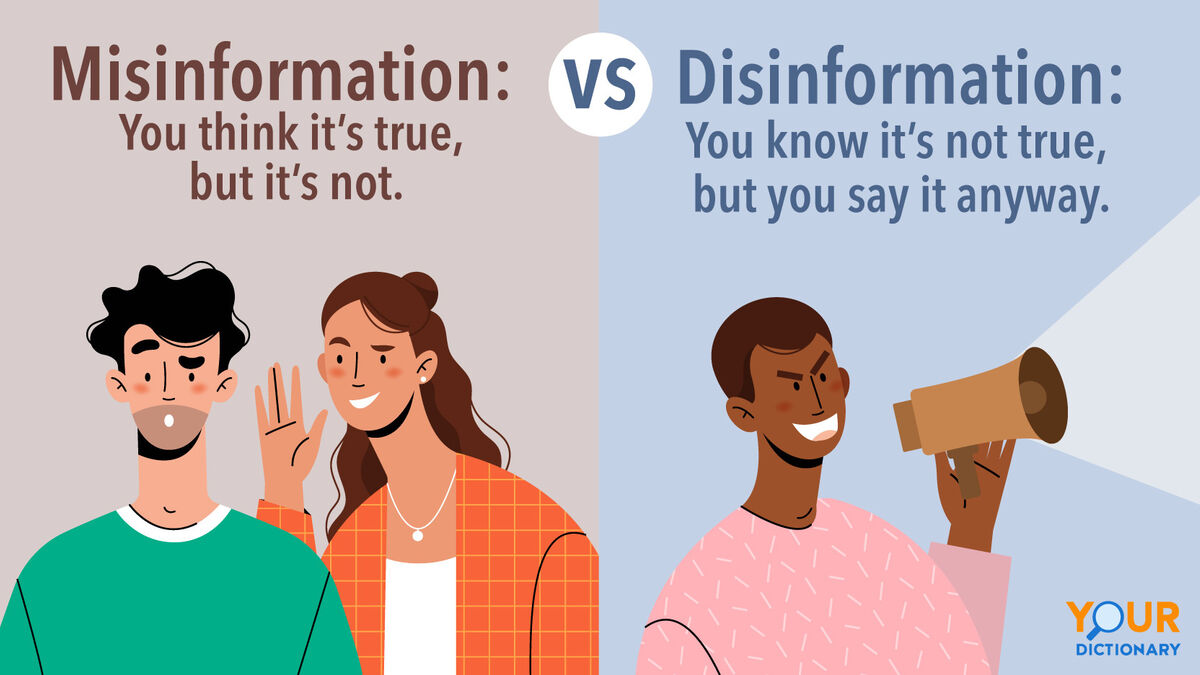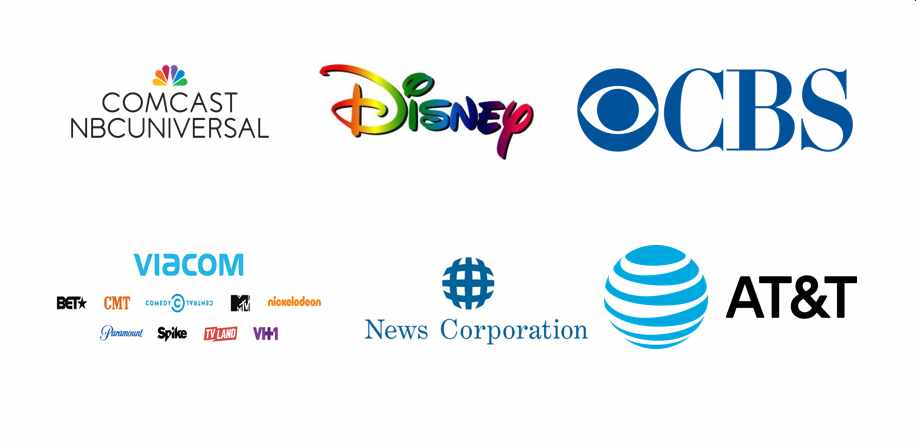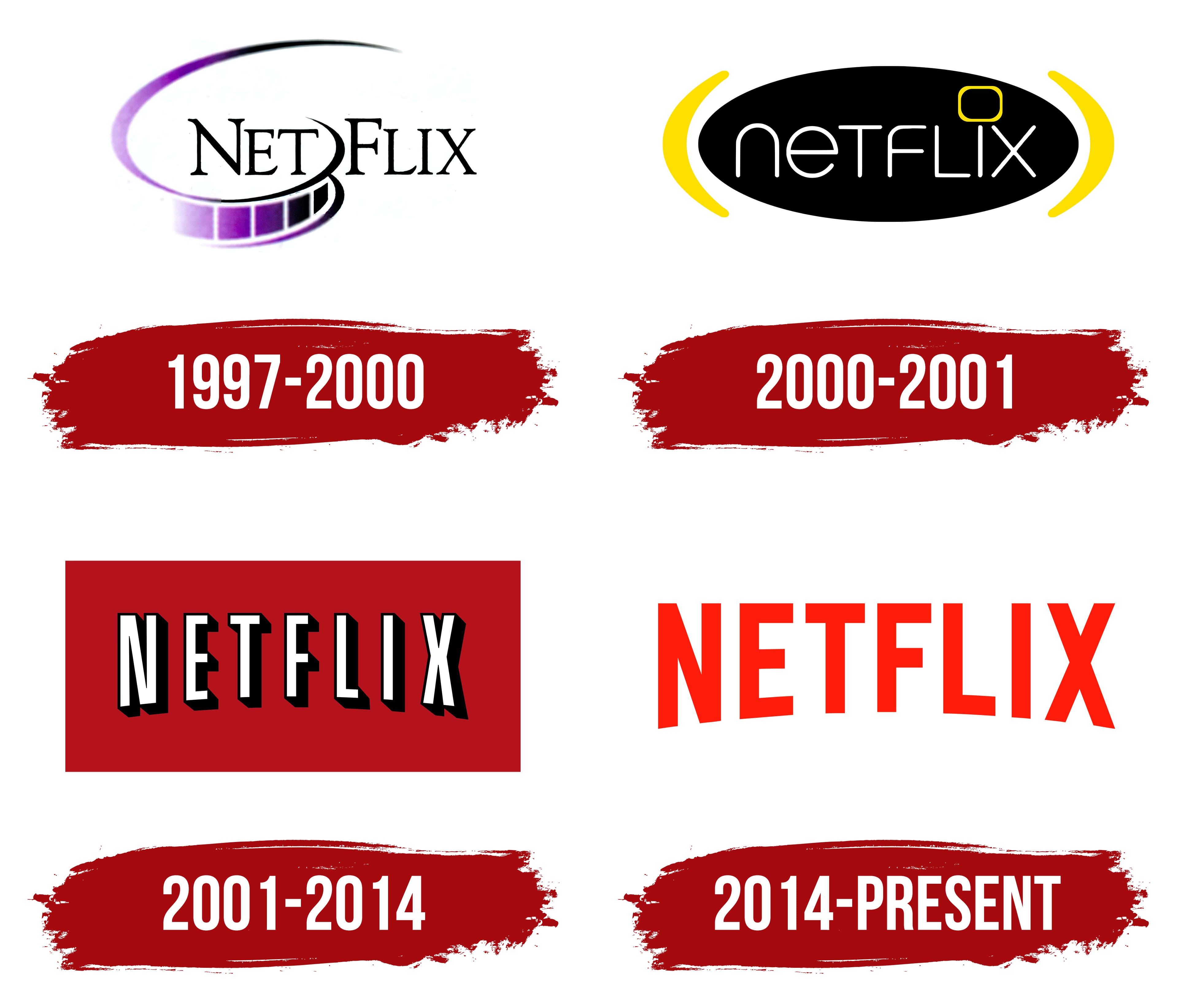The pros and cons of modern technology and, more specifically, social media have been discussed over the last decade and I always hear a recurring theme. The good is our ability to connect with other. The bad is how easily we can compare ourselves to others who are portraying is ideal version of their life. The ugly is a branch off of the bad being the increasing suicide rates. This is caused by people losing self worth from the comparing. While I agree with these ideas in general, I believe these three categories of social media can be explained a little differently.
The Good
With every new form of communicating, there is going to be some fear of how it will change society. Going back to Socrates, he warned families of the dangers of written word saying children are unable to
distinguish reality from fantasy. That sounds a lot like how people talk about teenagers relationships with social media. Slate.com defines this phenomena as "The older generation warns against a new technology and bemoans that society is abandoning the 'wholesome' media it grew up with, seemingly unaware that this same technology was considered to be harmful when first introduced."
That being said, I see plenty of benefits to technology even aside from the ease of connecting with others. Growing up, I remember sitting at my family's desktop computer and watching youtube videos about science or history for hours. I was able to explore the topics my teacher didn't cover in class. The accessibility of information is mind-boggling.
The Bad
What I see as the most dangerous part of modern technology comes directly from this idea of accessibility. It's great that anyone can easily learn about the topics they are passionate about, but that's not all that's happening. From being on the internet, people are also learning about topics they didn't know they about until it was right in front of their face. More and more extreme views are gaining momentum because where 1 extremist would have been alone in his/her city, they can now connect with the other extremists and make it seem like their view is more normal than it really is. A study conducted by the University of Maryland National Consortium for the Study of Terrorism and Responses to Terrorism found that social media played in role in the radicalization of 90% of extremists.
The Ugly
This idea can be applied to an extreme view, not just political. When I'm online, it is not difficult for me to come across posts about depression and suicide. These posts will sometimes have thousands of likes and comments. My theory is that middle and high school age kids come across that content and think that because so many people are liking it that it's normal to want to kill yourself. Now that the idea is planted in their head, they might seek out more of that kind of content which only normalizes it more. Eventually, they commit suicide themselves.
When I consider how prevalent suicide was when I was in high school, the answer is not at all outside of social media. Our teachers would present the alarming data of the increasing suicide rates and how dangerous it is to compare yourselves to others online, but once that lecture was over, none of my friends talked about that, nor did it happen to anyone over my four years of being there. If this new technology is going to continue to be harmful, it's going to be because it normalizes things that aren't normal.









